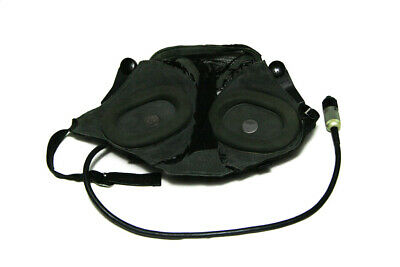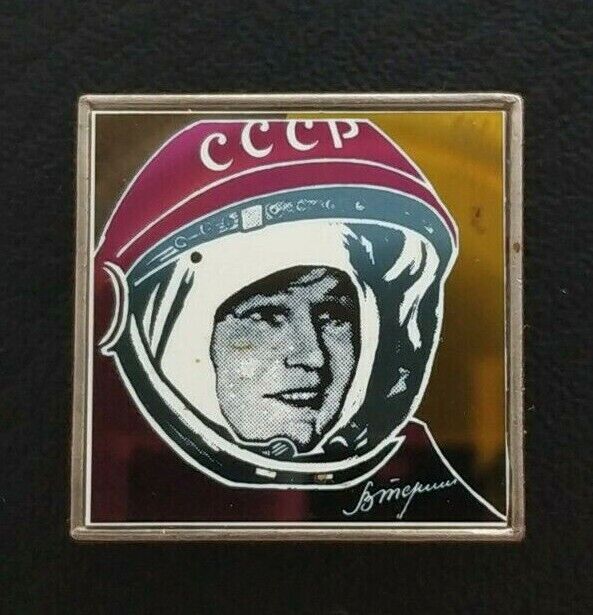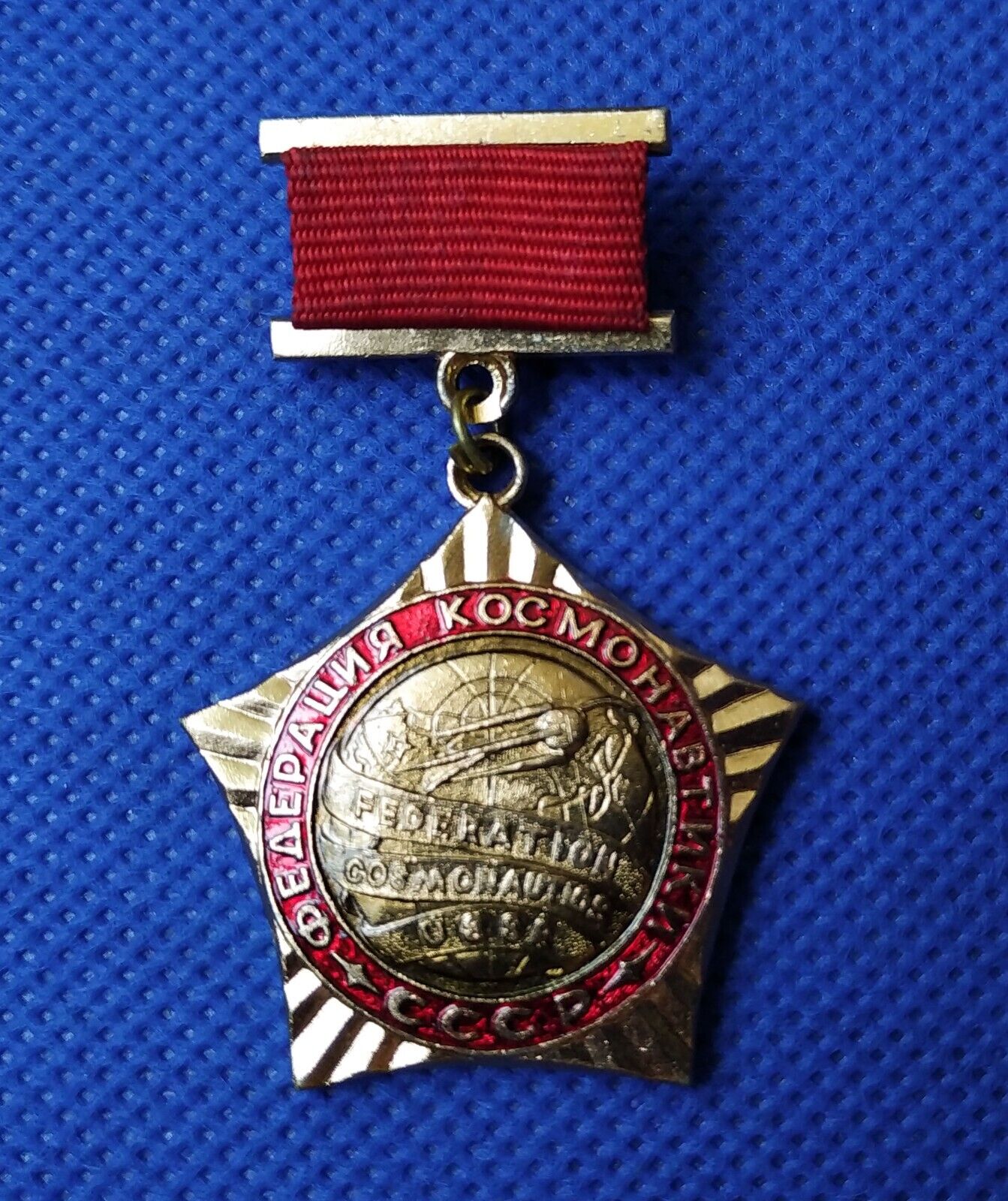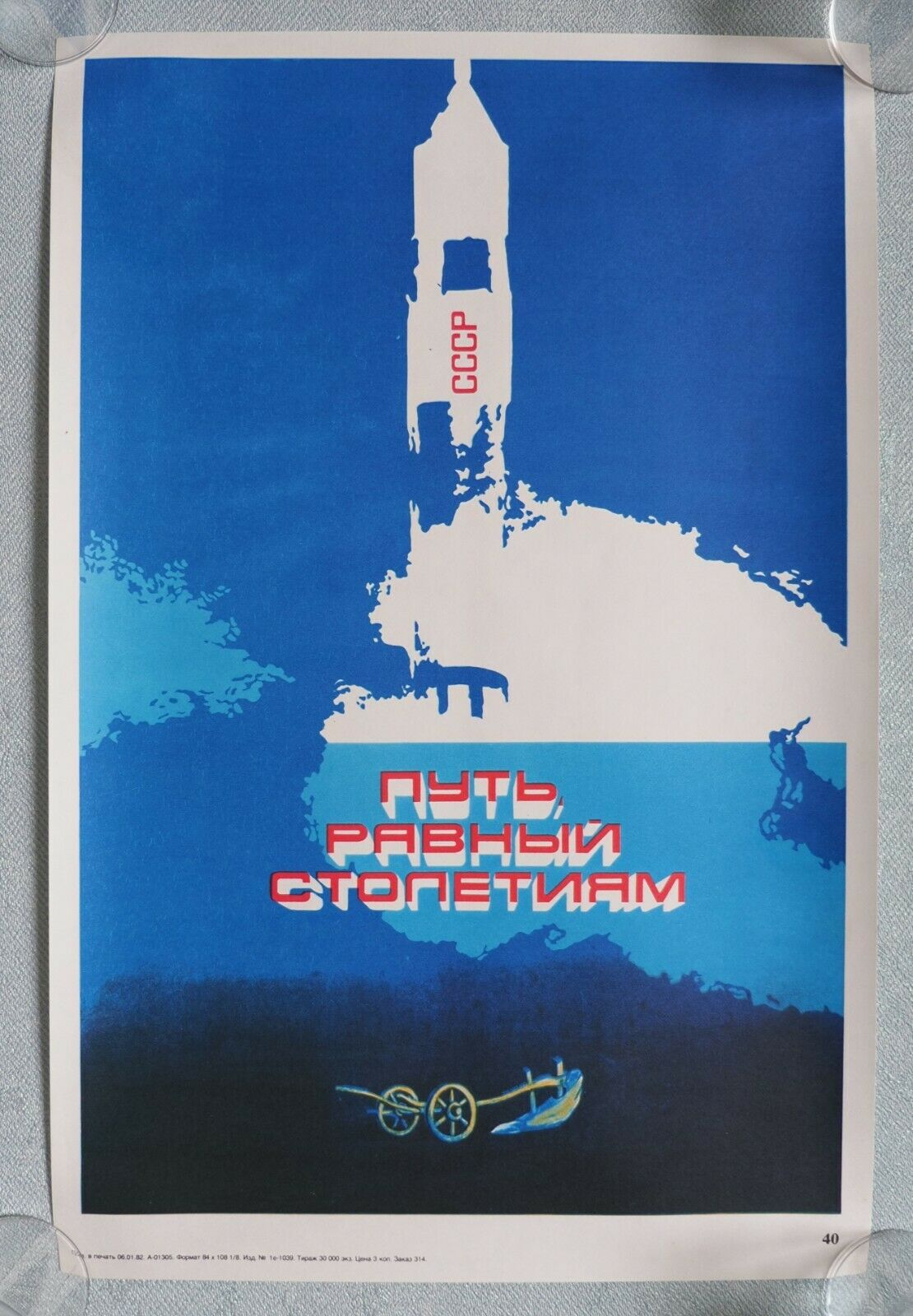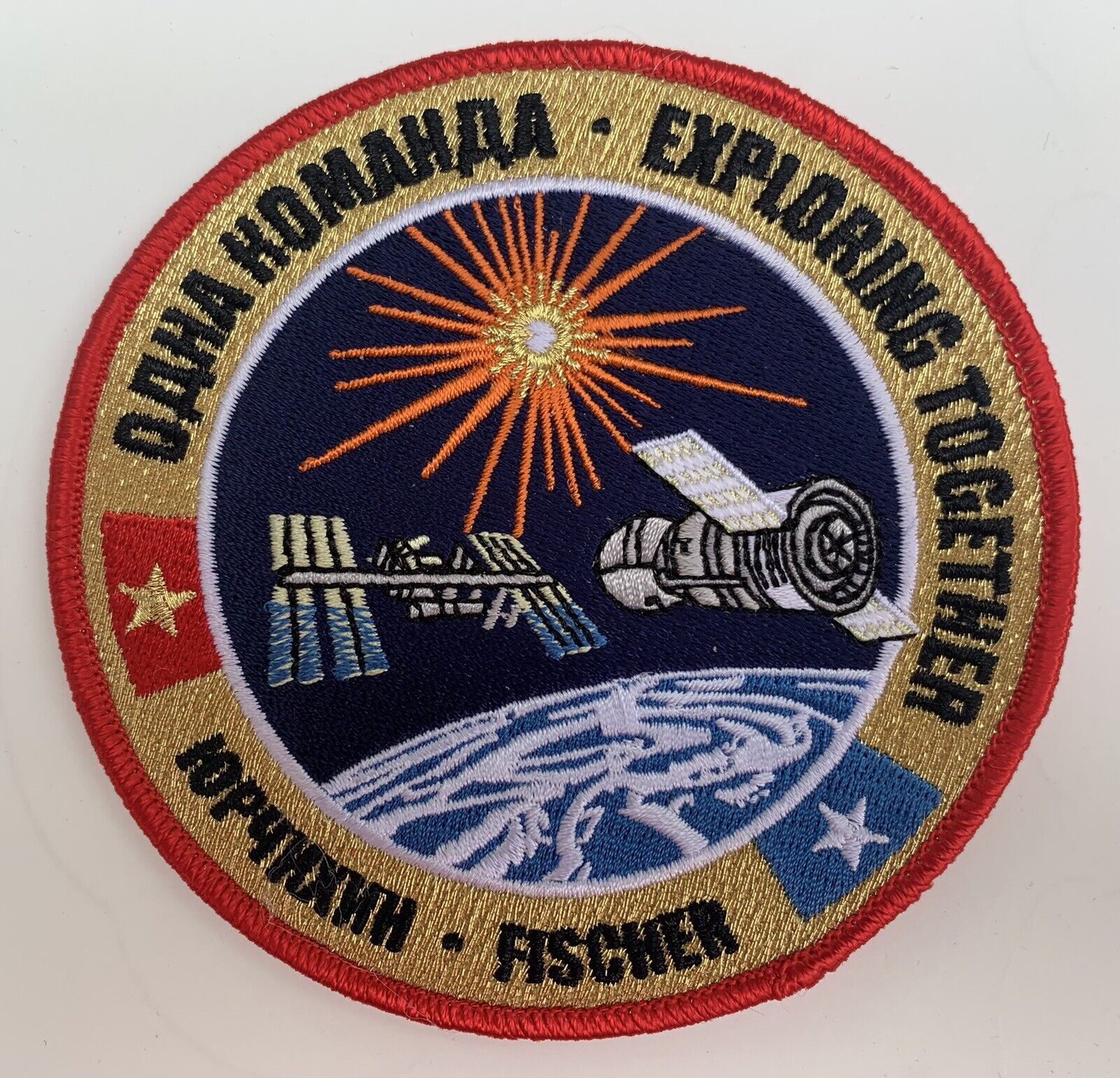-40%
SPACE FLOWN COMMUNICATION HEADSET FOR SPACESUIT SOKOL KV-2, COSMONAUT MUSABAEV
$ 1053.35
- Description
- Size Guide
Description
maxuta_id="034054"SPACE FLOWN COMMUNICATION HEADSET FOR SPACESUIT SOKOL KV-2, COSMONAUT MUSABAEV
It's offered to your attention the
communication headset for the Soviet/Russian emergency spacesuit Sokol KV-2 of the cosmonaut Talgat Musabaev
flown in space from January 29th to August 25th, 1998 onboard Soyuz TM-27 mission to the Soviet space station MIR. During this long time mission cosmonaut Musabaev was the commander of international Russian-French crew. Cosmonaut Musabaev used the headset as a part of his spacesuit Sokol KV-2 during lift-off and descent onboard Soyuz TM-27. The presented communication headset has incomparable advantages:
originally created by NPP "Zvezda" the headset is the part of the famous Russian spacesuit Sokol KV-2;
flown in space, this headset has a great history;
the headset is the same model what is currently in use by cosmonauts;
natural leather of perfect quality is still good looking and not coarse;
the headset is in perfect cosmetic condition and probably still can be used for communications;
the wire and socket looks good, not broken or oxidized;
the COA can be added for this headset by buyer's request.
Inner view
Outer view
CONDITION - perfect.
Made in Russia by original space suits manufacturer NPP "Zvezda".
Sokol KV-2
("Falcon") crew rescue suit was developed for use aboard Soyuz T. It was first worn in the Soyuz T-2 spacecraft on 5 June, 1980, and continued in use into the 21st Century for crews flying aboard Soyuz spacecraft today during launch and descent. Each suit was connected to an on-board life support system in the capsule which supplied oxygen, electrical power, suit ventilation and water for the cooling garment worn underneath. The suit was designed to not impede the astronaut during flight in a pressurized cabin and to support the astronaut's life in case of cabin depressurization. The soft suit consisted of two layer enclosures, an outer restraint layer of white nylon canvas with royal blue trim, and an internal pressure bladder of rubber and rubberized material. The integral helmet had a soft hood and a hinged plastic visor. In comparison to the Sokol K, the KV-2 had two zippers in place of the lacing on the front opening; the helmet and visor dimensions were increased; the pressure regulator, located at the side on the Sokol K suit, was integrated with the inlet valve and was placed at the center of the body under the helmet. In case of cockpit depressurization, pure oxygen was supplied to the suit. The pressure regulator provided two suit pressure modes - 400 hPa (main mode) and 270 hPa (back-up).
The suit was developed in 1973-1979 by NPP "Zvezda" (what means "star" in English). It was designed to support a suited astronaut for up to 30 hours in a pressurized cabin and two hours in an unpressurized one. Ventilating air was provided at 150 l/minute and oxygen at 20 l/minute in pressurized operation. Up to the end of 2002, 220 flight models and 63 test and training suits had been manufactured.
Each suit was tailor-made to fit individual crew members. In the Soyuz spacecraft they reclined in Kazbek-U seats which had custom-fitted molded liners.
The wearer climbed into the suit via the zippered front opening; the suit was then sealed by gathering folds of the space suit cloth and wrapping rubber bands around them. The suit was one-piece, including the helmet, but excluding the gloves which were put on separately.
More unique Soviet space collectibles are available!
Improve your space collection with real things!
Happy buying!
